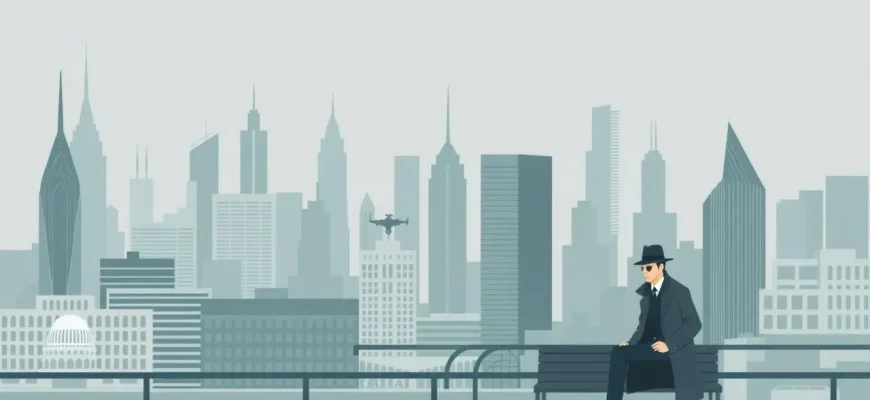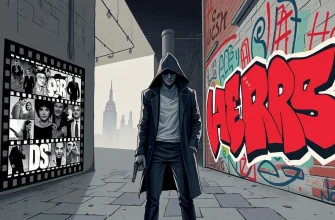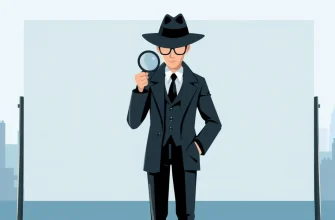If you're a fan of both detective stories and architectural marvels, this curated list of films is just for you. Each film in this collection not only unravels a gripping mystery but also showcases stunning architectural settings that play a pivotal role in the narrative. From the gothic spires of old European cities to the sleek lines of modern skyscrapers, these films offer a visual feast for architecture enthusiasts while delivering the suspense and intrigue of classic detective tales. Let's dive into the world where crime meets design.
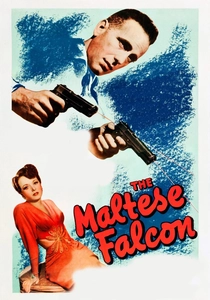
The Maltese Falcon (1941)
Description: Set in the art deco era of San Francisco, this film noir classic features the iconic Black Bird, a statuette that leads to a labyrinth of deceit and murder. The city's architecture, from the ornate hotels to the gritty back alleys, provides a rich backdrop for Sam Spade's detective work.
Fact: The Maltese Falcon statuette was designed by Fred Sexton, who also created the Oscar statuette.
 Watch Now
Watch Now
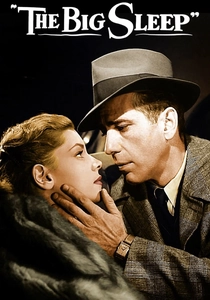
The Big Sleep (1946)
Description: This noir classic features Philip Marlowe investigating a complex case in the opulent mansions of Los Angeles, where the architecture reflects the wealth and secrets of the Sternwood family.
Fact: The film was directed by Howard Hawks, who was known for his ability to integrate setting into the narrative.
 Watch Now
Watch Now
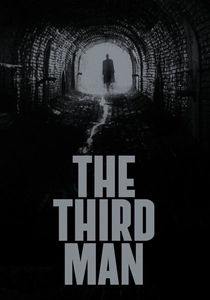
The Third Man (1949)
Description: Set in post-war Vienna, this film uses the city's bombed-out buildings and shadowy alleyways to create an atmosphere of intrigue and betrayal as Holly Martins searches for his friend Harry Lime.
Fact: The famous Ferris wheel scene was shot at the Wiener Riesenrad, which has become an iconic architectural landmark in Vienna.
 Watch Now
Watch Now
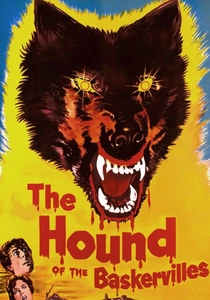
The Hound of the Baskervilles (1959)
Description: This classic adaptation of Sir Arthur Conan Doyle's novel uses the eerie, fog-laden moors and the imposing Baskerville Hall to set the scene for Sherlock Holmes' investigation into a supernatural hound. The architecture of the manor and the surrounding landscape adds a layer of gothic mystery to the detective work.
Fact: This film was the first Sherlock Holmes film to be shot in colour, enhancing the visual impact of the architectural settings.
 Watch Now
Watch Now

The French Connection (1971)
Description: While primarily known for its car chase, this film also showcases the gritty, urban architecture of New York City, where detectives Popeye Doyle and Buddy Russo navigate through the city's underbelly to bust a drug ring.
Fact: The famous car chase was filmed without permits, adding to its raw, realistic feel.
 Watch Now
Watch Now
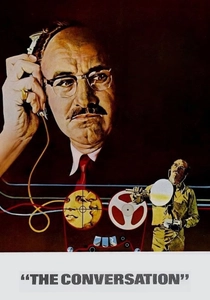
The Conversation (1974)
Description: Francis Ford Coppola's film uses the stark, modern architecture of San Francisco to mirror the isolation and paranoia of surveillance expert Harry Caul, who becomes embroiled in a murder plot.
Fact: The film's sound design, which won an Oscar, was meticulously crafted to reflect the architectural spaces.
 Watch Now
Watch Now
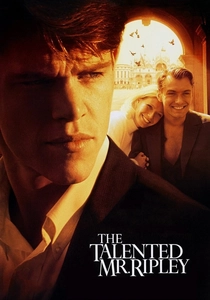
The Talented Mr. Ripley (1999)
Description: This psychological thriller uses the picturesque settings of Italy, from Venice's canals to the grand villas of the Amalfi Coast, to backdrop Tom Ripley's descent into deception and murder. The architecture here not only sets the scene but also reflects the characters' opulent lifestyles.
Fact: The film's production was allowed to shoot in Venice's Palazzo Barbaro, a rare privilege.
 Watch Now
Watch Now
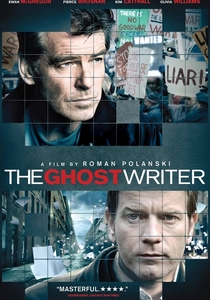
The Ghost Writer (2010)
Description: Roman Polanski's thriller uses the stark, modern architecture of a seaside mansion as a central element in the story of a ghostwriter uncovering political secrets. The house's design, with its glass walls and open spaces, contrasts with the secretive nature of the plot.
Fact: The film was shot in Germany, but the mansion was designed to look like a New England home.
 Watch Now
Watch Now
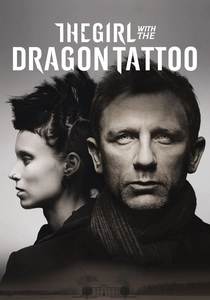
The Girl with the Dragon Tattoo (2011)
Description: David Fincher's adaptation uses the stark, modern architecture of Sweden, including the Vanger family's isolated island estate, to underscore the bleakness and isolation of the investigation into a decades-old disappearance.
Fact: The film's title sequence, featuring a computer-generated dragon, was inspired by the architectural elements of the story.
 Watch Now
Watch Now
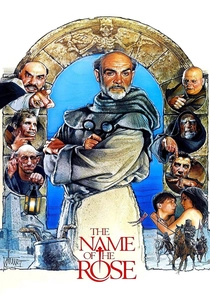
The Name of the Rose (1986)
Description: Set in a medieval Italian abbey, this film follows a monk investigating a series of mysterious deaths. The labyrinthine architecture of the abbey, with its secret passages and hidden libraries, becomes a character in itself, enhancing the detective elements of the story.
Fact: The film was shot in various locations in Italy, including the Abbey of Eberbach in Germany, which provided the perfect medieval setting.
 30 Days Free
30 Days Free

